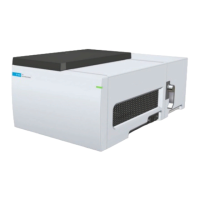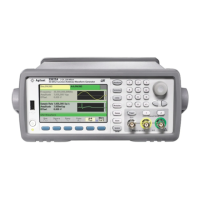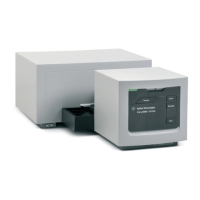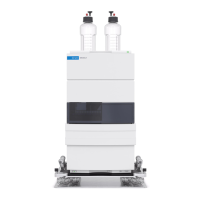244
5
Tutorial
This chapter will help you get the most from your 33500 Series waveform
generator by describing certain aspects of its internal operation and the
signals it generates
• Arbitrary Waveforms, page 244
• Quasi-Gaussian Noise, page 246
• PRBS, page 246
• Modulation, page 248
• Burst, page 251
• Frequency Sweep, page 253
• Attributes of AC Signals, page 254
• Signal Imperfections, page 257
• Ground Loops, page 258
Arbitrary Waveforms
You can define arbitrary waveforms to fill needs not met by the
instrument’s standard waveforms. For example, your device under test
might require a unique stimulus or you might want to simulate real-
world signal imperfections such as overshoot, ringing, glitches, and
noise. Also, arbitrary waveforms can be very complex, making them
suitable for simulating the signals that occur in modern communications
systems.
For each channel, you can create arbitrary waveforms of up to 1,000,000
points (16,000,000 points with Option 002). The instrument stores these
numeric data points, known as “samples,” in memory and then converts
them into voltages as the waveform is generated. The frequency at which
points are read is the “sample rate,” and the waveform frequency equals
the sample rate divided by the number of points in the waveform. For
example, suppose a waveform has 37 points and the sample rate is 162.4
MHz. The frequency would be (162.4 MHz)/37 = 4.389 MHz and its
period, which is the reciprocal of its frequency, would be 227.8 ns.
frequency = 1/period = (sample rate)/(number of points)
The maximum frequency of an arbitrary waveform is the maximum
sample rate of the instrument, 250 MHz, divided by the number of points
in the waveform. Every arbitrary waveform must have at least 8 points.
